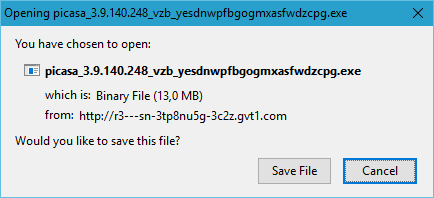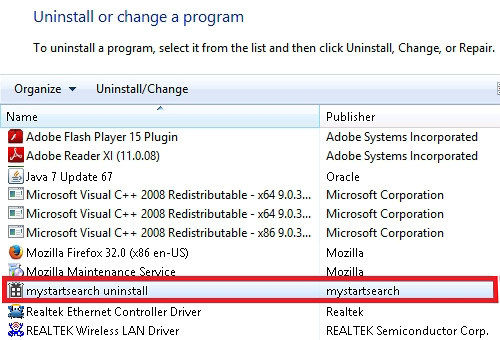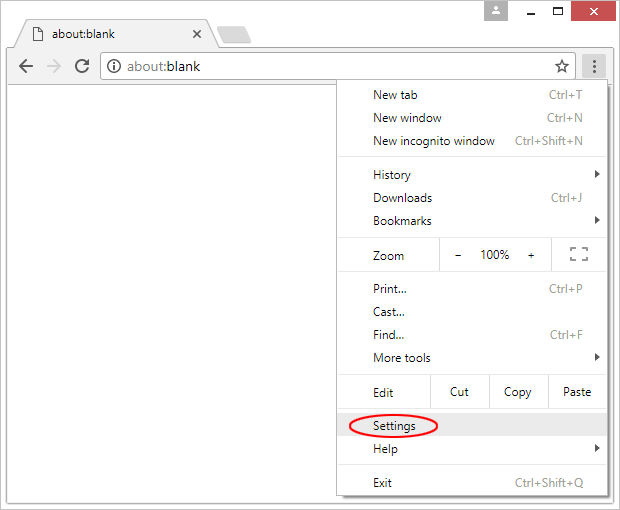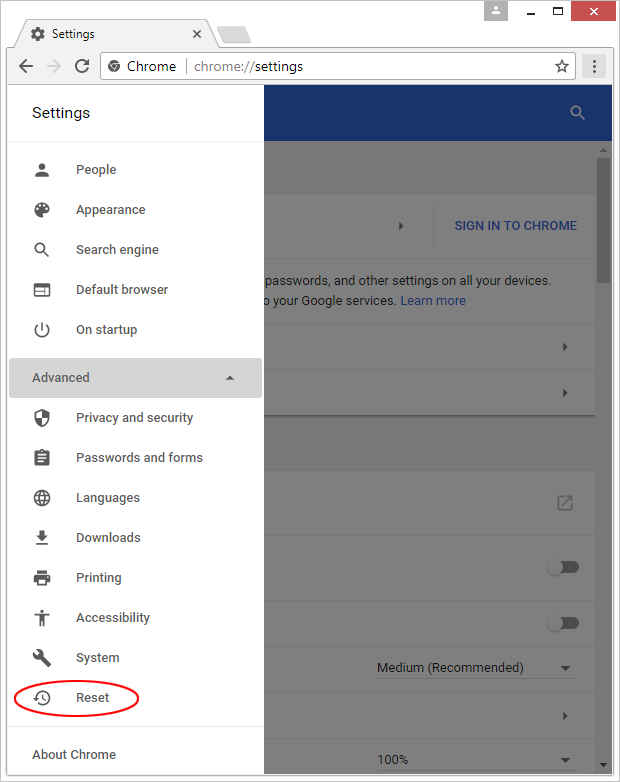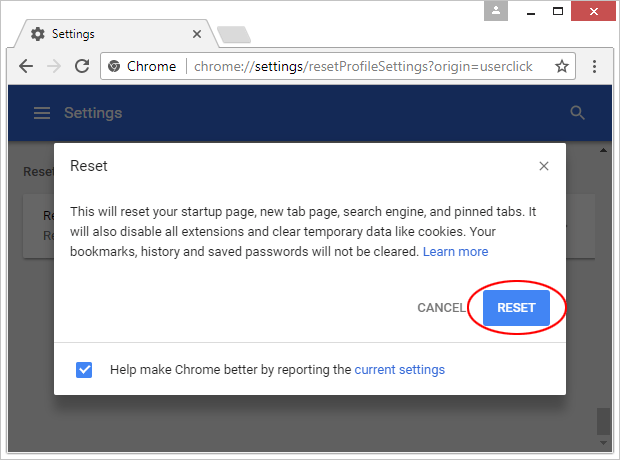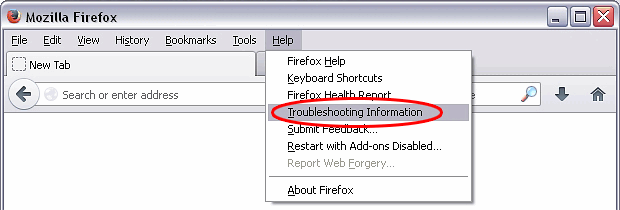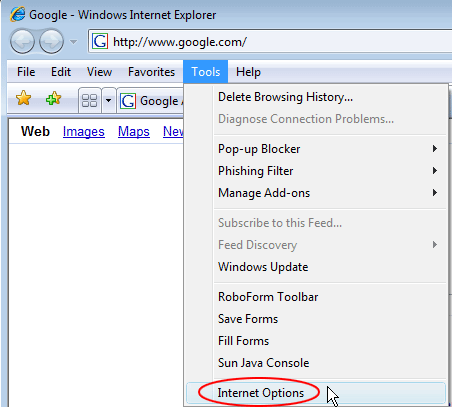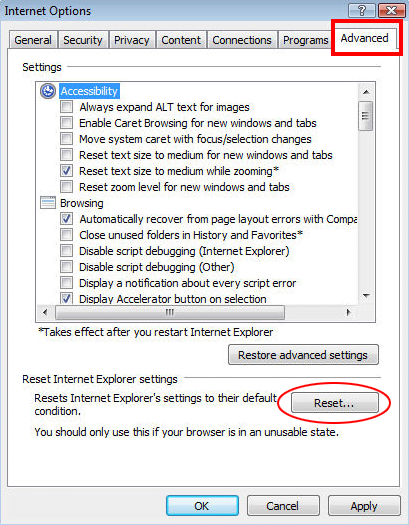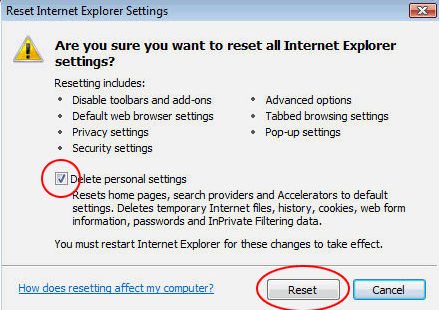Remove redirector.gvt1.com malware in Chrome, Firefox, IE

Malicious software proved to be really good at masquerading itself, making computer users take the outer manifestation of its wrongdoings for granted. Peddling harmful code through infections like redirector.gvt1.com is easy and highly efficient for cybercriminals, because the generated popup prompts look like they come from legit services so that people often fail to discern the hype.
A quick glimpse at the redirector.gvt1.com domain name structure can be verbose enough to understand the specificity of its behavior. In its pursuit of redirecting users over to random places online, it causes serious problems to anyone who’s been plagued, but that’s a means to an end in the promotion of junk applications. In fact, it’s not quite a rerouting of Internet traffic that takes place – the victims keep getting irritating popup dialogs that recommend them save and run dubious-looking executable files. The popups are disguised as though they were recommendations to install or update popular solutions, including Google Chrome and Picasa. This, however, turns out to be an impostor-based tactic as it ultimately aims at procuring people to install potentially unwanted objects.
The malware that recurrently invokes redirector.gvt1.com popup windows is known to cause more issues than the impudent promotion of controversial software. Infected users have been also reporting such malfunctions of the operating system as termination of the browser opening events, whether it’s Chrome, Edge, Firefox or Internet Explorer. Furthermore, the Windows start menu won’t open either, which is a particular drag. The latter symptom usually discontinues after the PC gets rebooted, but the popups will still be there until the harmful software is uninstalled.
Most encounters of the redirector.gvt1.com virus commence after certain program downloads. For instance, the infection is known to be bundled with Steam software, which is a widely used gaming platform. Obviously, not all versions of said product are contagious, but some definitely are. The threat’s payload may as well accompany the setups of shareware or freeware such as media players, streaming content grabbers, hardware driver packs, torrents and many other utilities that tend to be installed a lot.
The redirect script sporadically goes off because of a malware process running in the background. A couple of landing pages that get triggered are hxxp://redirector.gvt1.com/edgedl/chrome/win/45.0.2454.101_44.0.2403.130_chrome_updater.exe and hxxp://redirector.gvt1.com/edgedl/picasa/picasa_3.9.140.248_vzb_yesdnwpfbgogmxasfwdzcpg.exe – be advised these aren’t safe, so do not save or execute the files on the respective prompts. There are many more, each linking to a different unwanted app. For the fix to take proper effect, it should be deployed via a procedure extensively tested by professionals.
Table of Contents
Redirector.gvt1.com adware automatic removal
The extermination of Redirector.gvt1.com malware can be efficiently accomplished with reliable security software. Sticking to the automatic cleanup technique ensures that all components of the infection get thoroughly wiped out from your system.
1. Download recommended security utility and get your PC checked for malicious objects by selecting the Start Computer Scan option
Download Redirector.gvt1.com remover
2. The scan will come up with a list of detected items. Click Fix Threats to get the popup removed from your system. Completing this phase of the cleanup process is most likely to lead to complete eradication of the infection. However, it might be a good idea to consider ascertaining the adware is gone for good.
Remove Redirector.gvt1.com adware using Control Panel
- Open Control Panel. On Windows XP / Windows 8, go to Add or Remove Programs. If your OS is Windows Vista / Windows 7 / Windows 10, choose Uninstall a program

- Look down the list and locate an app that appears fishy. Click the Uninstall/Change (Change/Remove) option to get the intruder removed if spotted

Redirector.gvt1.com adware removal by resetting the affected browser
Please take into consideration that as effective as it is, the procedure of restoring browser defaults will lead to the loss of personalized settings such as saved passwords, bookmarks, browsing history, cookies, etc. In case you are not certain this outcome is suitable despite its obvious efficiency, it’s advised to follow the automatic removal method described in one of the previous sections of this tutorial.
Reset Google Chrome
- Click on the Chrome menu icon and select Settings

- Locate the Advanced option under Settings and click on it to expand the menu. Then, pick the Reset button at the bottom

- When a new screen appears, hit Reset once again

- Chrome will now display a confirmation dialog box listing the types of data that will be lost if you proceed. Read the message carefully and, if you’re sure, click Reset

Reset Mozilla Firefox
- Click on Help menu and select Troubleshooting Information from the drop-down list, or type about:support in the URL field

- On the Troubleshooting Information screen, click Refresh Firefox option and confirm the procedure on another dialog

Reset Internet Explorer
- In IE, go to Tools and select Internet Options from the list

- Hit the Advanced tab and click on the Reset option

- IE will now display Reset Internet Explorer Settings box, where you should put a checkmark next to Delete personal settings option and click Reset at the bottom

Verify whether Redirector.gvt1.com adware has been completely removed
For certainty’s sake, it’s advised to repeatedly run a scan with the automatic security software in order to make sure no harmful remnants of this malware are left inside Windows Registry and other operating system locations.
Posted in: KnowledgeBase
Leave a Comment (0) ↓

